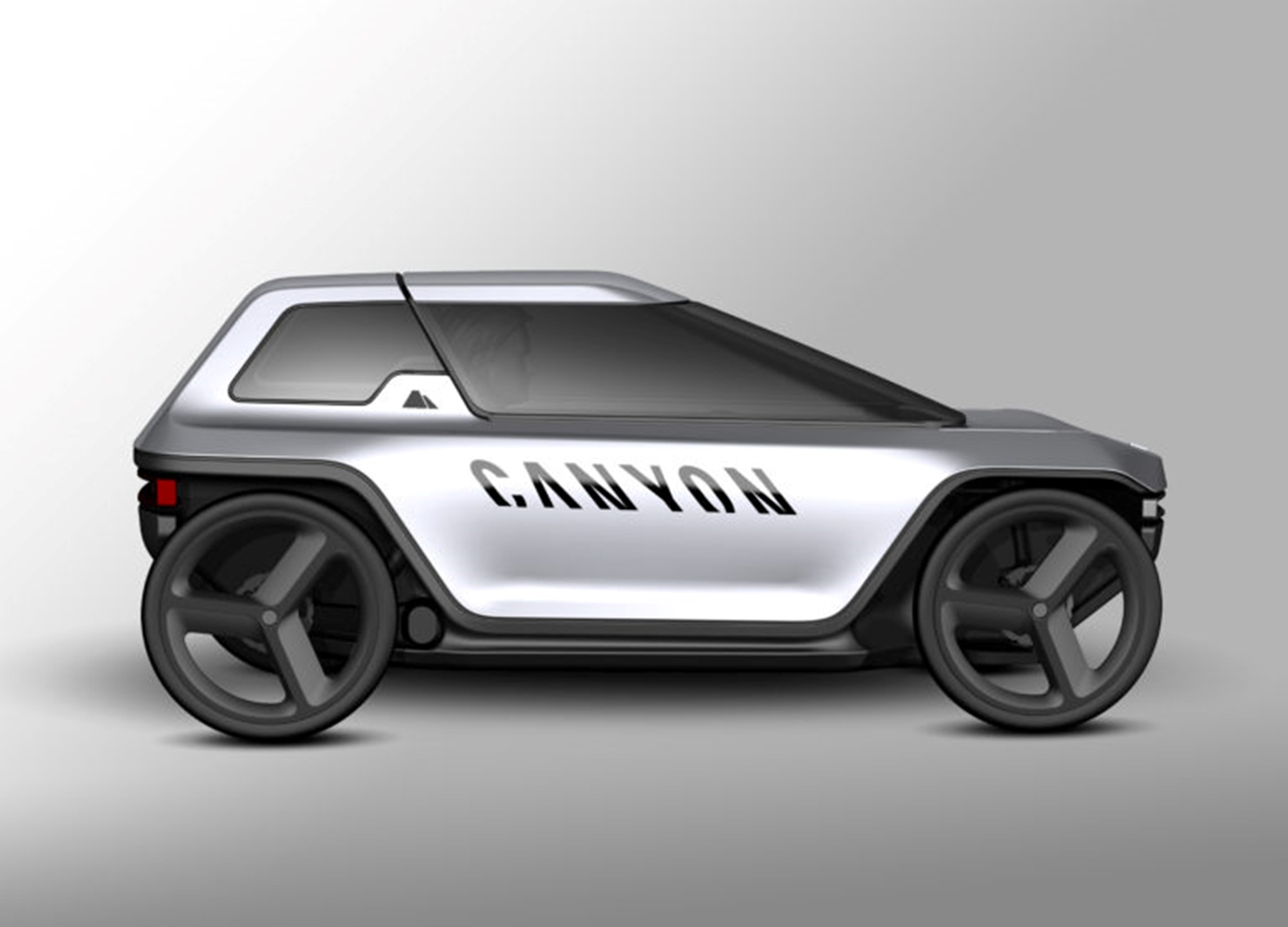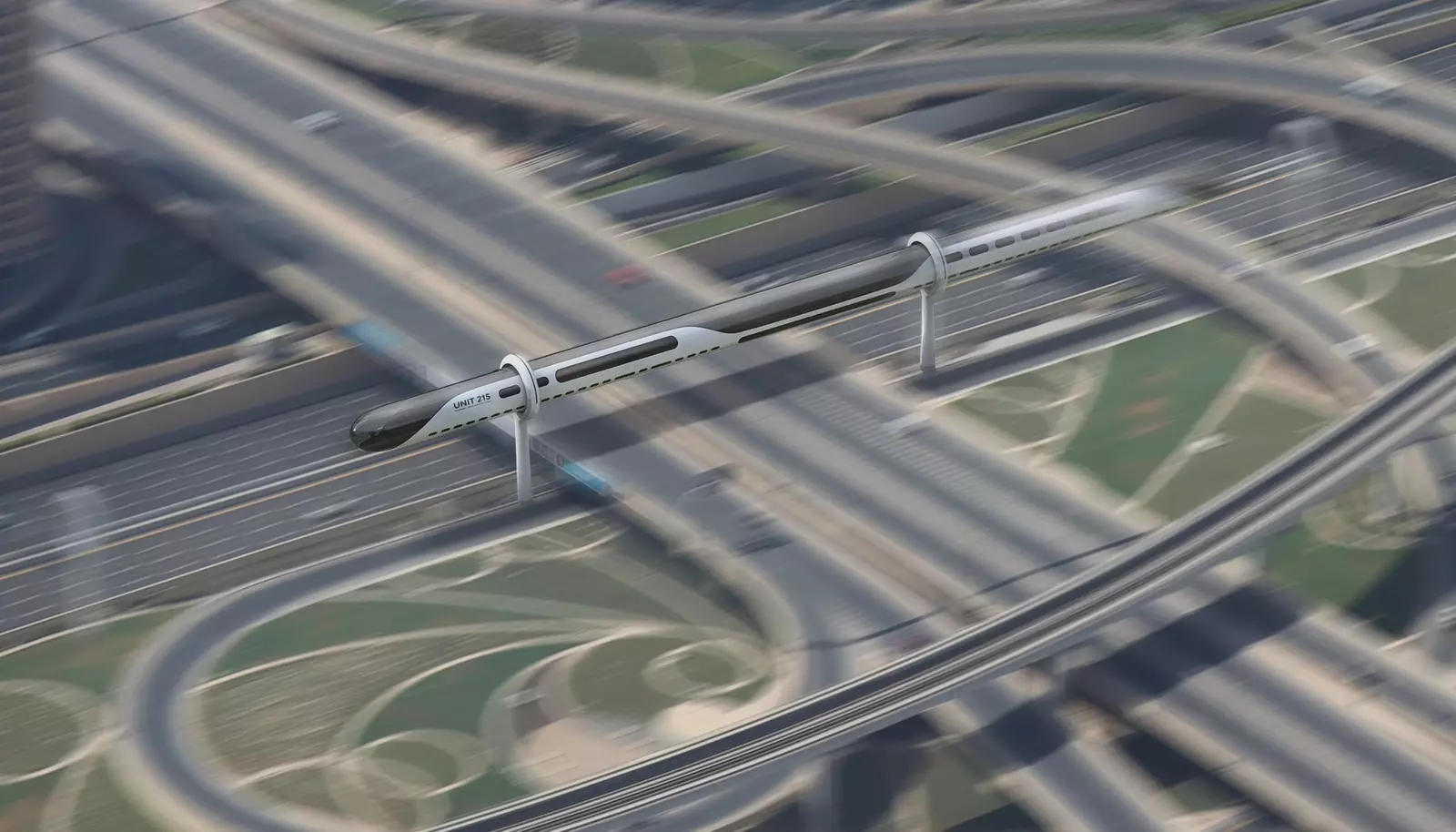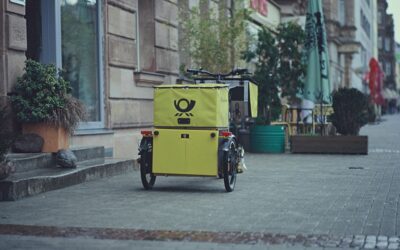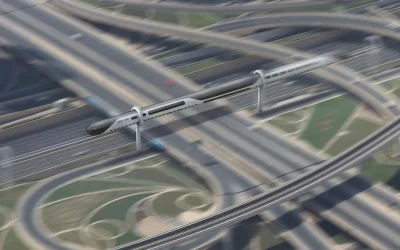A combination of an e-bike and a lightweight car? In this new concept wheel from Canyon, they meet
Is it a car, an armchlead, an e-bike to be registered as a light motor vehicle or something in between? It is difficult to define, as the German bike manufacturer Canyon is breaking down accustomed vehicle type limits with its new Future Mobility concept.
Medium distance solution
Canyon categorizes its bike model designed for the urban environment based on distances, goods to be transported, and number of people. The Last Mile category, i.e. the last kilometre, travels on foot if necessary. The classification starts running from now on as journeys lengthen and the transport needs of goods increase.
Equipped with a gentle frame dimension and relaxed driving stance, the Commuter:ON e-bike is designed for short transitions, while for longer journeys, an electric bike with a 45 km/h per hour is recommended, which requires motor insurance.
The Future Mobility concept is at the extreme end of the classification, where the distance travelling and transport needs are greatest. In one sense, the concept offers an alternative to public transport.
Intermediate form of car and light traffic
The range of the concept wheel or car, however it should be called, is promised to be up to 150 km, which can be achieved with a 2000 Wh battery. For standard e-bikes, battery sizes range from 500 to 700 Wh, so the Canyon concept has increased the battery size fourfold.
Then where is this vehicle located in traffic? According to Canyon’s vision, the concept bike would reach speeds of up to 65 km/h, allowing it to move around urban areas along with other traffic. However, the transition to light traffic lanes and the 25 km/h grant speed required by law would be as seamless as a normal lane change.
Canyon declares the height of its concept vehicle to be 110 cm and the width to 83 cm, which does not prevent movement on bike lanes, at least in theory, as modern mountain bikes have the same centimetre widths at best.
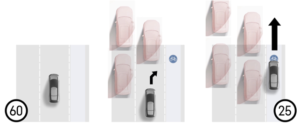
Basic idea of an arm drive
In the Future Mobility concept, the rider is completely inside the closed margin in a seated position and with his feet on the pedals. The steering is carried out by means of joystick-style controls on both sides of the driver, which are used to promise a maximum svering radii of 7 metres.
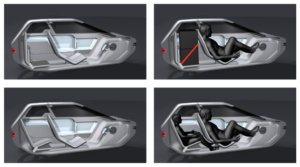
Building margins around the arm drive provides protection from weather conditions, which has so far been a challenge for all types of bikes. For example, if you need to get to the workplace dry and without a change of clothes, commuting cycling all year round is unlikely to work. The structure covered in the best heat of the summer is unlikely to be toasted, as the margins can be kept half open during driving.
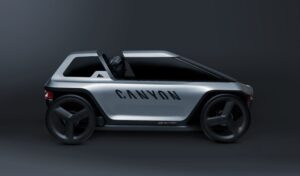
Concepts are concepts for good reason, and they sometimes show high-flying ideas in their name. It remains to be seen whether canyon’s draft will remain at this level or whether it will be a significant form of mobility in the urban environment in the future.

